The Cai Ngang revolutionary historical relic began construction on October 23, 2002 and was inaugurated on August 9, 2003. The relic was the headquarters of the Vinh Long Provincial Party Committee from 1966 to 1975. It was here that the Provincial Party Committee led the army and people in the province to victory in the Mau Than Spring General Offensive and Uprising in 1968; the General Offensive and Uprising won victory in the historic Ho Chi Minh Campaign on April 30, 1975.
The relic almost completely recreates the daily life, work and fighting of the Provincial Party Committee and specialized departments in the base under the care and protection of the people. Witnessing the images, artifacts, and functional buildings with our own eyes; hearing stories about the living, working and fighting conditions, we appreciate and admire even more the sacrifice, intelligence and bravery of the previous generation to protect peace and independence for today's generation.
With just a spike bridge, built in the form of a monkey bridge in the Mekong Delta, it became a powerful weapon to stop the enemy's advance. Before crossing the small canal, the comrades cleverly cut the lower half of the bridge and arranged sharp iron spikes under the canal bed. When the enemy crossed, the bridge would break, the spikes would stab into people, causing injury and terror to their comrades.
Inside the base, many different types of tunnels were built and arranged. Each type of tunnel has a construction method suitable to the natural conditions, purpose of use and combat requirements in the base. For shelter, there are secret tunnels; for both observing combat and sheltering, there are fortifications and barricades; and for causing injury and limiting the enemy's sweeping power, there are spike tunnels and flat tunnels.
In particular, the functional blocks inside the base: the permanent house, the hall, the dining room, the information house, the guard house were all built with trees and leaves, with a compact design, hidden low inside the garden to avoid enemy detection and maneuverability in combat. Exploring these houses, we realized the difficulties, shortages, dangers and admired even more the smart, flexible inventions of the comrades in the specialized departments in the base at that time. There were convenient, multi-purpose tables and chairs, which could be used as writing tables during meetings and assembled into beds at night. The reeds were woven simply but could be used to prepare food and to rest after hours of work and combat. The kitchen was designed very simply, just digging a small hole and placing three small bricks as the kitchen god. When cooking, to prevent the enemy from detecting, the comrades had to cook very early or when the sunlight was off. In the morning, smoke still lingered on the treetops, so the comrades in the dining room had to climb up and shake the smoke away.
The Cai Ngang revolutionary historical relic - a place to nurture love for the homeland, the country, the will to overcome difficulties, sacrifice so that generations can firmly and confidently follow the tradition, firmly protect the achievements of the revolution. Contributing to that, there is also the statue of Heroic Vietnamese Mother Nguyen Thi Ngọt - a typical Heroic Vietnamese Mother of Vinh Long province, solemnly placed in the relic's premises. She had a husband and six heroic children who sacrificed in two resistance wars to protect the country. The work aims to honor and show gratitude to Heroic Vietnamese Mother Nguyen Thi Ngọt in particular, and Heroic Vietnamese Mother of Vinh Long province in general.
Not only attracting visitors by its historical value and traditional educational significance, Cai Ngang Revolutionary Historical Relic also attracts visitors by its fresh, cool air, spacious, airy campus, arranged with green trees and ornamental flowers suitable for the relic space. Perhaps the most impressive is the richness and diversity of the primeval garden with familiar, typical trees, closely associated with the historical and cultural life of the Mekong Delta. Inside the relic are rows of majestic myrtle trees clinging to the village, clinging to the land, preserving the homeland; Water go trees with brilliant flower clusters; Green, leisurely bushes, bearing full bunches of fruit; Climbing plants such as choai, bong bong, longan wrapped around, bristling on the trunks of cassava trees, cong trees, u trees, mec trees, ... shading the entire garden. Under the cool green canopy, visitors can also enjoy the sound of birds singing, the calls of wild animals such as frogs, toads, reptiles, etc. In addition, there are wild plants that grow and develop on their own but are extremely lush, like floating vegetable gardens on the banks of canals such as water spinach, water fern, elephant ear, water hyacinth, etc. Occasionally, looking down at the pond bank, you can see a few schools of natural fish swimming around, looking very pleasing to the eye.
Cai Ngang Revolutionary Historical Site is a typical historical site, a red address for revolutionary tradition education, and at the same time a place for entertainment and experience suitable for most visitors. Therefore, since its inauguration, the site has attracted hundreds of thousands of visitors. In 2016, the site was honored to be recognized by the Ministry of Culture, Sports and Tourism as a National Historical Site, becoming one of eleven national-level sites in the province.



![[Photo] More than 17,000 candidates participate in the 2025 SPT Competency Assessment Test of Hanoi National University of Education](https://vphoto.vietnam.vn/thumb/1200x675/vietnam/resource/IMAGE/2025/5/17/e538d9a1636c407cbb211b314e6303fd)
![[Photo] National conference to disseminate and implement Resolution No. 66-NQ/TW and Resolution No. 68-NQ/TW of the Politburo](https://vphoto.vietnam.vn/thumb/1200x675/vietnam/resource/IMAGE/2025/5/18/adf666b9303a4213998b395b05234b6a)

![[Photo] Prime Minister Pham Minh Chinh chairs meeting on science and technology development](https://vphoto.vietnam.vn/thumb/1200x675/vietnam/resource/IMAGE/2025/5/17/ae80dd74c384439789b12013c738a045)



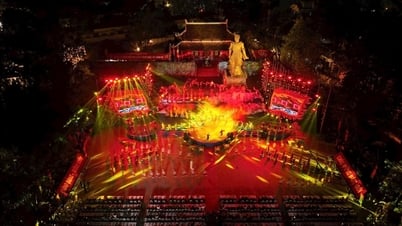



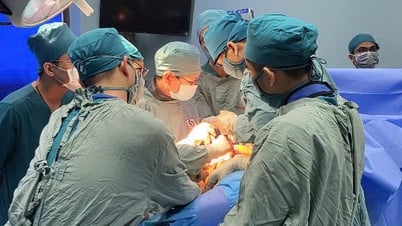






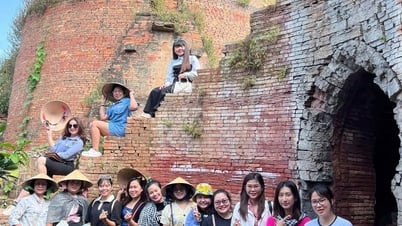










![[Photo] General Secretary To Lam visits exhibition of achievements in private economic development](https://vphoto.vietnam.vn/thumb/1200x675/vietnam/resource/IMAGE/2025/5/18/1809dc545f214a86911fe2d2d0fde2e8)












































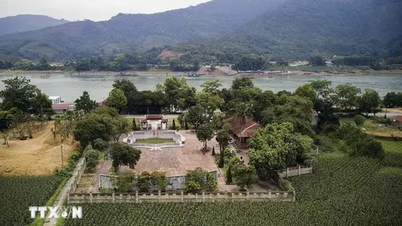

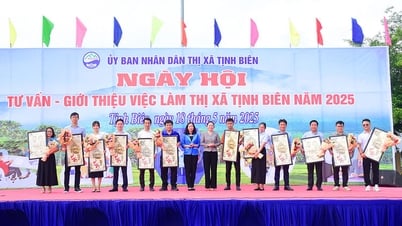



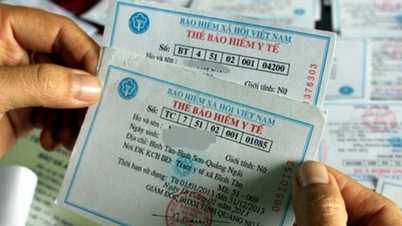

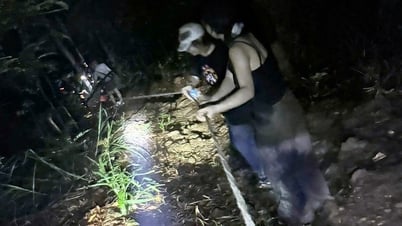











Comment (0)